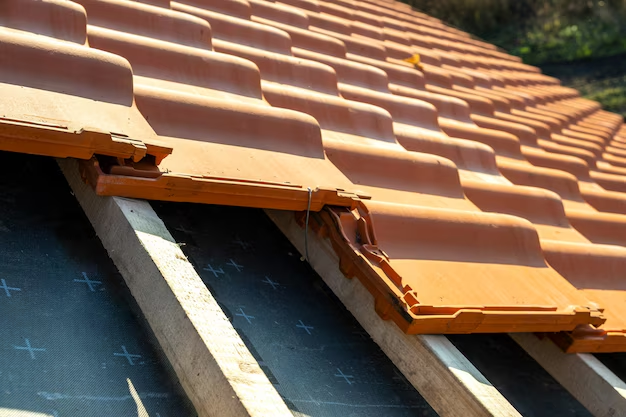How Quickly Can You Replace Your Roof? Here’s Everything You Need to Know
Replacing a roof can be a daunting task, especially when considering the time, effort, and financial resources involved. How long it takes to replace a roof depends on several factors like the size of your roof, the type of materials used, and the complexity of the job. However, understanding these factors can better prepare you and help streamline the process.
Key Factors in Roofing Timeline
Size and Complexity
The size of your roof is a primary determinant. A standard residential roof typically takes 1 to 3 days to replace. However, larger homes or those with complex architectural designs might take longer, sometimes up to a week.
Type of Roofing Material
The material chosen impacts not only costs but also the replacement timeline. Asphalt shingles are the most common and quickest to install, often completed in one day. In contrast, materials like metal or slate can take several days due to their weight and the precision needed in their installation.
Weather Conditions
Roofing is highly dependent on weather. Clear skies are optimal, while rain, snow, or high winds can delay progress. It’s best to schedule replacements during mild, predictable seasons to avoid unexpected delays.
Preparation and Crew Efficiency
Before the installation process begins, old roofing needs to be removed, which can take a few hours to a day. Additionally, the skill and efficiency of the roofing crew play a crucial role. Experienced teams tend to work faster and with greater precision.
More Than Just a Time Investment
Replacing a roof is a significant investment. Beyond timelines, it’s essential to consider financial implications. For many homeowners, finding the necessary funds might be challenging, but options exist to alleviate this burden.
Consider looking into government aid programs and financial assistance tailored for home repairs. These can significantly offset costs and make the project more manageable.
Potential Financial Aids
- FHA Title I Loans: Secure loans offered by lenders but backed by the Federal Housing Administration for home improvements.
- Weatherization Assistance Program: A federal initiative offering financial assistance for making energy-efficient upgrades, sometimes including roofing.
- Local and State Grants: Many states offer home repair grants, particularly for low-income households. It’s worth checking your local government’s offerings.
A Comprehensive Approach
When planning a roof replacement, consider integrating this task with broader financial strategies. Debt relief options can free up monthly cash flow to make the roof investment less burdensome—while credit card solutions might offer short-term financial flexibility, be cautious of high-interest rates.
Educational Opportunities
Learning about home improvement can also afford homeowners the knowledge to engage with contractors knowledgeably. Local workshops or online courses in home repair and maintenance can be immensely beneficial.
Helpful Resources to Explore 🚀
FHA Title I Loans
- Government-backed financial aid for home improvements.
Weatherization Assistance Program
- Federal aid for energy efficiency, potentially including roofing.
Local State Grants
- Various home repair grants, check specific state offerings.
Debt Relief Programs
- Explore options to improve cash flow.
Home Improvement Workshops
- Educational resources for smarter homeowner decisions.
Taking the time to explore these options can lead to significant savings and ensure your new roof is both a sound and financially viable investment.
